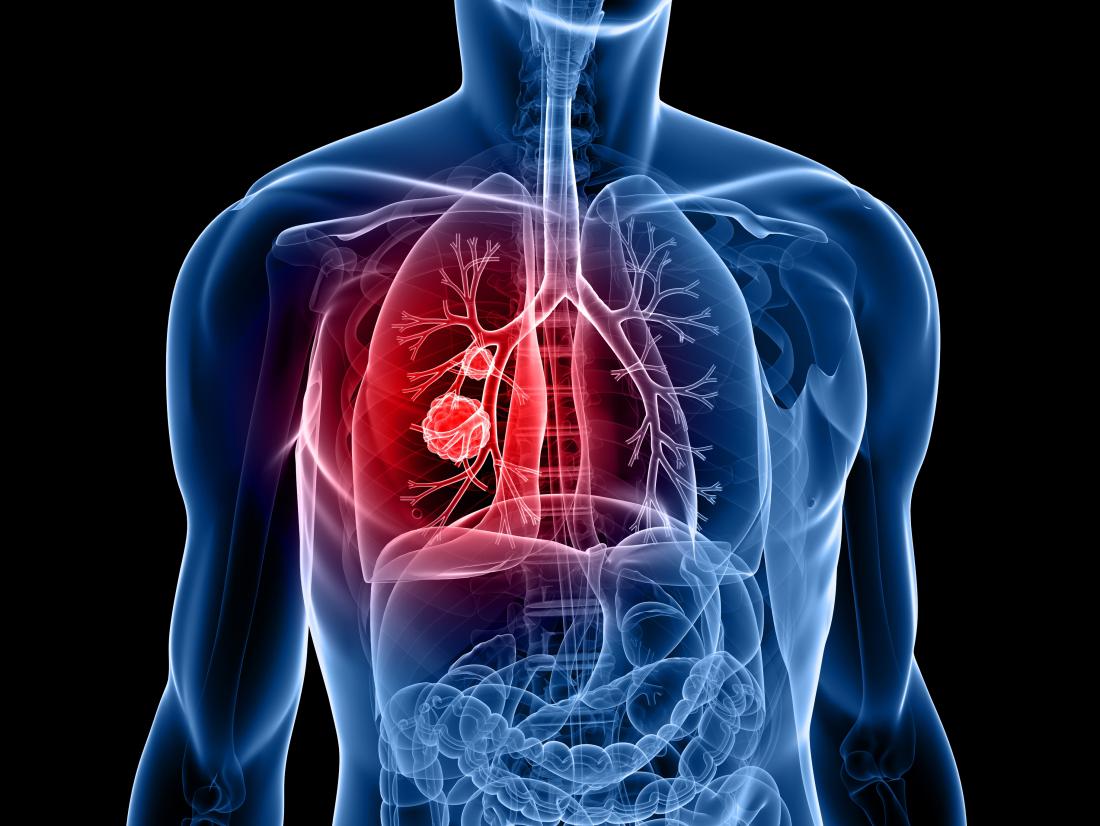This Colorless Gas May Be Behind The Rise Of Lung Cancer In Africa

Lung cancer is one of the leading causes of cancer deaths in Africa. There are many causes of lung cancer, however, smoking appears to be the leading cause. According to a publication by the International Agency for Research on Cancer, the annual cancer cases in Africa may increase by 70% by 2030 as a result of demographic changes.
Inasmuch as there has been increasing public awareness on cancer most of the causes are ignored. According to the World Health Organization (WHO), radon is responsible for most lung cancers among non-smokers. The Center for Disease Control and Prevention makes a more daring statement about radon.
“Radon is the second leading cause of lung cancer after cigarette smoking. If you smoke and live in a home with high radon levels, you increase your risk of developing lung cancer.”
January was a radon awareness month. This gives us the opportunity to reassess this silent killer. Lung cancer is often misdiagnosed as tuberculosis owing to the similarity in symptoms. Therefore, it is possible that deaths from lung cancer are higher than what the reports say. What makes radon more dangerous is that it is odorless and colorless. Hence, you won’t know that you are being poisoned.
What is Radon?
Radon is a naturally occurring odorless, colorless radioactive gas with myriads of isotopes. The isotope that is most implicated with human health is radon-222 and radon-220. They have a half-life of 3.82 days and 55.6 seconds respectively. Half-life is the time it takes for a radioactive isotope to decay by half of its original concentration. Radon results from the natural radioactive decay of uranium, which is present in the soil and rocks.
Radon escapes from the ground and decay in the atmosphere to produce further radioactive particles. In an outdoor setting, it quickly dilutes to very low concentrations and poses no problem. However, when they find their way indoor, the concentration quickly builds up. The average radon outdoor level is about 5–15 Bq/m3. However, in caves, mines, and water treatment facilities it can go as high as 10 000 Bq/m3.
The Implication of Radon with Lung Cancer
The WHO estimates that radon causes 3—14% of lung cancers in a country. When you breathe in air contaminated by radon particles, they settle on the cells lining the airways. They can potentially lead to DNA damage which can increase your risk of lung cancer. The risk of lung cancer increases by 16% per 100 Bq/m3 increase in radon concentration.
The primary route of entry of radon into homes is through cracks and gaps in buildings. In Africa where the majority of homes are made of stone and concrete, radon-222 is of most concern. This is because it can diffuse through crevices and has a longer half-life. Since the discovery of radon-222 risk, many countries are mapping residential levels. Sadly, in Africa, only Algeria and Egypt have done that.
How to Protect Yourself from Radon
The amount of time you spend in your home, smoking, as well as burning coal or wood, can increase your risk. Chances of lung cancer from radon are higher with increasing particles in your home. The most effective way to determine if you are at risk of radon is by getting your home tested. However, there are ways you can make your home safer.
Increasing the ventilation in your home will help. Use fans and vents to circulate air. Discouraging smoking in your home will also reduce the level of particles in the air. Seal cracks in floors and walls with plaster, caulk or other materials specially designed for this purpose. Also, where applicable, ask about radon-resistant construction techniques—especially if you are building or buying a new home. Remember, it is easier to build radon-resistant features into new homes than try to add them later.






Responses